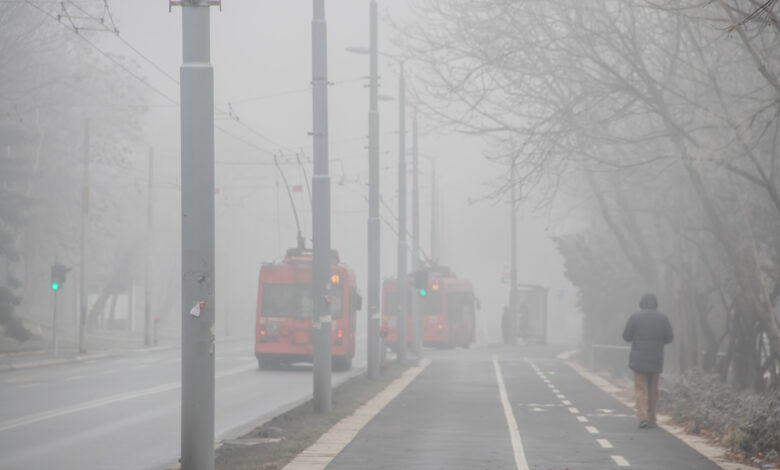Air Pollution in South Asia Linked to Significant Reduction in Life Expectancy

New research highlights the alarming impact of rising air pollution on life expectancy in South Asia, a region plagued by some of the world’s most hazardous air quality. The report, published by the University of Chicago’s Energy Policy Institute (EPIC), reveals that increasing pollution levels could shorten the lifespan of individuals in South Asia by more than five years on average.
This dire situation affects countries such as Bangladesh, India, Nepal, and Pakistan, collectively constituting the most polluted region globally. These nations bear the brunt of the global burden of life years lost due to pollution, as outlined in EPIC’s latest Air Quality Life Index.
The region’s rapid industrialization and population growth have led to a substantial deterioration in air quality.
Particulate pollution levels, specifically PM 2.5, have surged by over 50% since the turn of the century, now overshadowing more traditionally recognized health threats.
The report’s findings underscore the severe consequences of air pollution on life expectancy, with Bangladesh, the world’s most polluted country, facing a potential loss of 6.8 years of life per person. In contrast, individuals in the United States might lose only 3.6 months on average. These calculations are based on satellite data, providing insights into the impact of increased airborne fine particles on life expectancy.
India, responsible for approximately 59% of the global increase in pollution since 2013, faces a growing health crisis. In India’s densely populated capital, New Delhi, the world’s most polluted mega-city, average life expectancy has already decreased by over a decade due to hazardous air.
The report emphasizes the need for global action to combat pollution and its dire consequences. Reducing airborne PM 2.5 particles to the levels recommended by the World Health Organization (WHO) could extend average life expectancy by 2.3 years, translating to a combined 17.8 billion life years.
The potential benefits of adhering to WHO guidelines are even more striking at a regional level. For instance, an average resident of Pakistan stands to gain 3.9 years if annual PM 2.5 concentrations are limited to 5 micrograms per cubic meter, in line with WHO recommendations. Similarly, in Nepal, individuals could live 4.6 years longer under these conditions.
In contrast, China has made significant strides in pollution reduction, achieving a remarkable 42.3% reduction in pollution levels between 2013 and 2021. This progress highlights the importance of government initiatives and accessible air quality data in addressing the global problem of pollution.
The report serves as a stark reminder of the urgent need for collective efforts to combat air pollution, particularly in regions like South Asia where the health and well-being of millions are at stake. While the consequences of pollution are undeniable, this research also offers hope by emphasizing the positive impact that pollution reduction measures can have on human life expectancy.
As countries grapple with the dual challenges of industrialization and environmental sustainability, the health and longevity of their populations depend on swift and effective action to mitigate the harmful effects of air pollution.
Please note that the precise economic impacts are based on currency exchange rates at the time of the article’s publication and may be subject to fluctuations.





